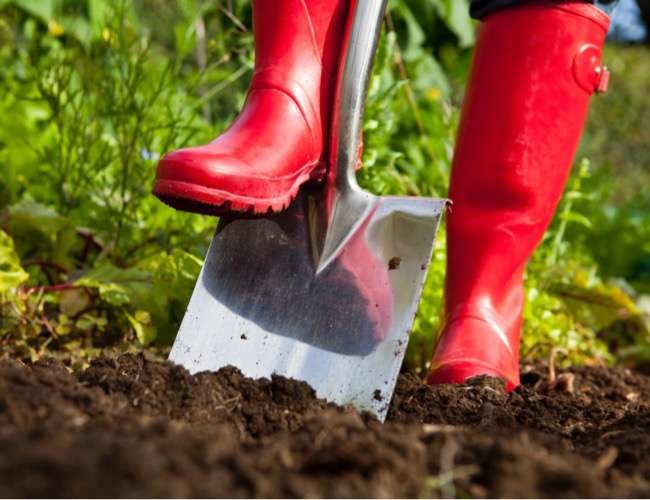We may earn revenue from the products available on this page and participate in affiliate programs. Learn More ›
Keep Your Soil Strong
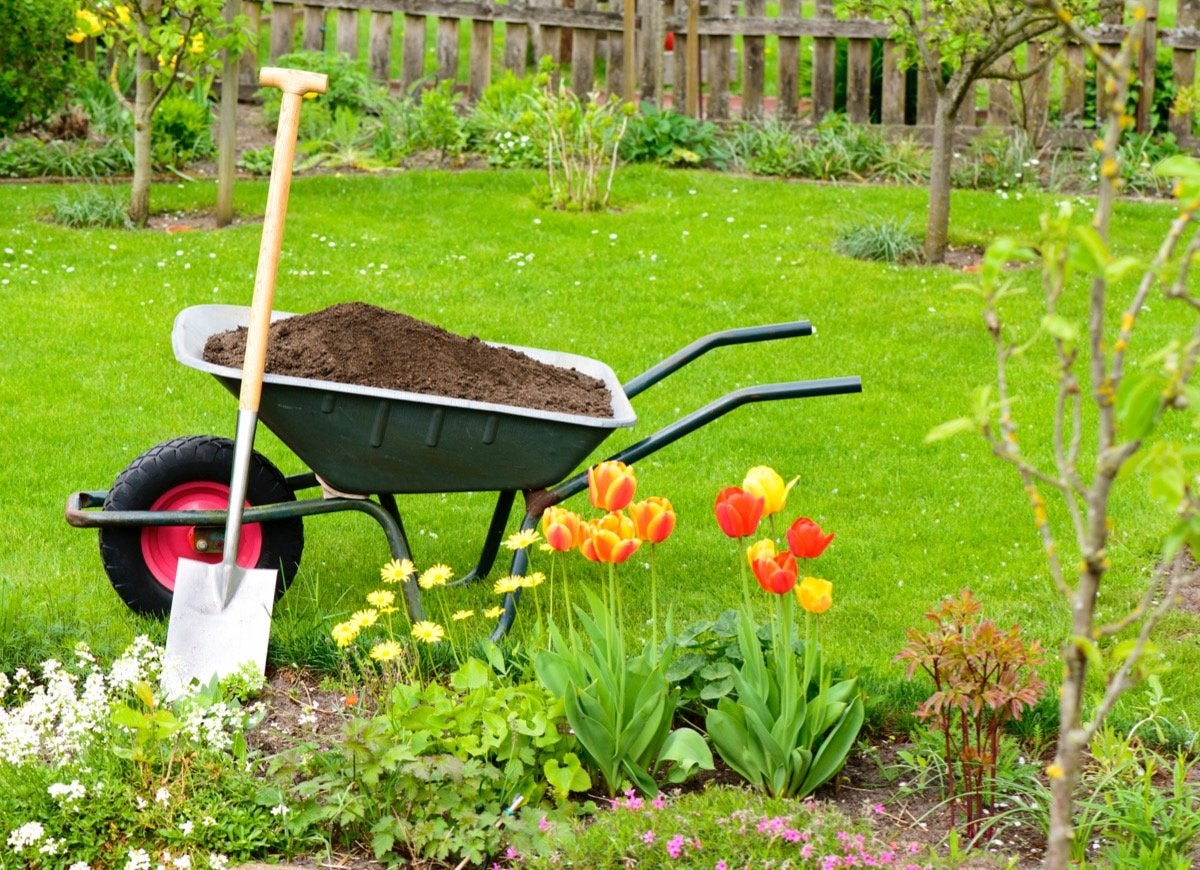
Good soil is the key to a beautiful garden. It’s the foundation that sustains your plants and gives rise to healthy trees, shrubs, flowers, and vegetables. Yet, despite our best intentions, we routinely damage our soil by doing things—or neglecting things— we think won’t matter. If you want the best possible soil, here’s what not to do.
Skipping the Soil Test
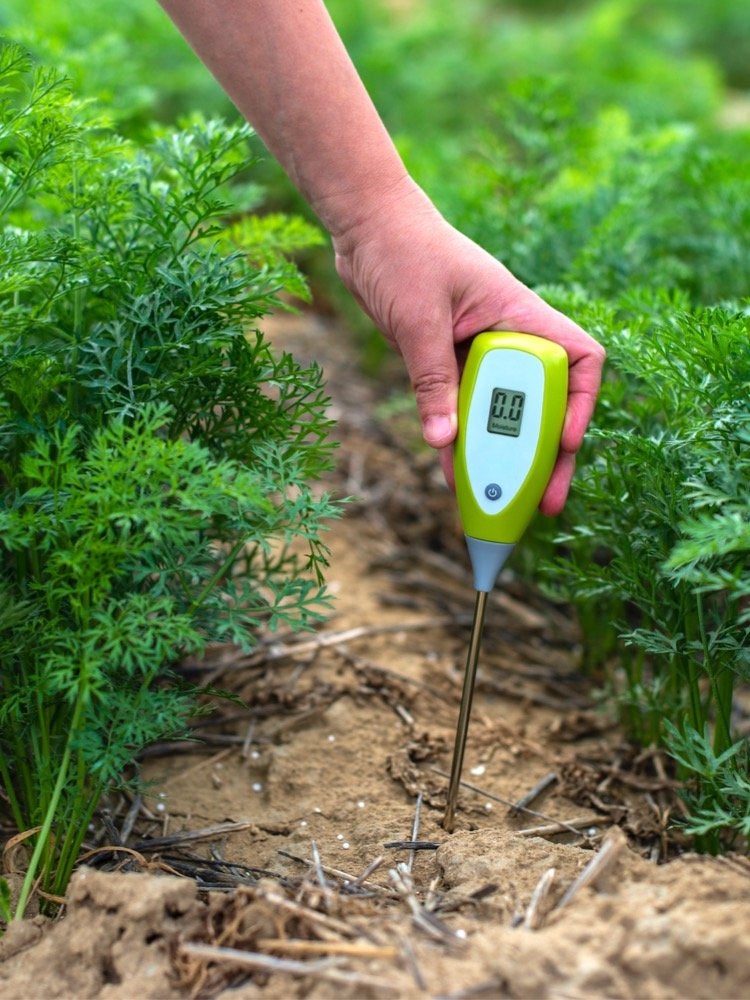
Healthy soil is a balancing act between acidity and alkalinity, which is known as soil pH and measured on a scale from 0 to 14. The higher the number, the more alkaline the soil. When you apply fertilizer without first testing the soil, you run the risk of upsetting the balance by making your soil too acidic or too alkaline, or of adding too much of a nutrient that your soil already has. Once an imbalance occurs, plants may struggle to pull nutrients from the soil. Contact your local cooperative extension for information on soil testing laboratories in your area.
Tilling Vegetable Beds
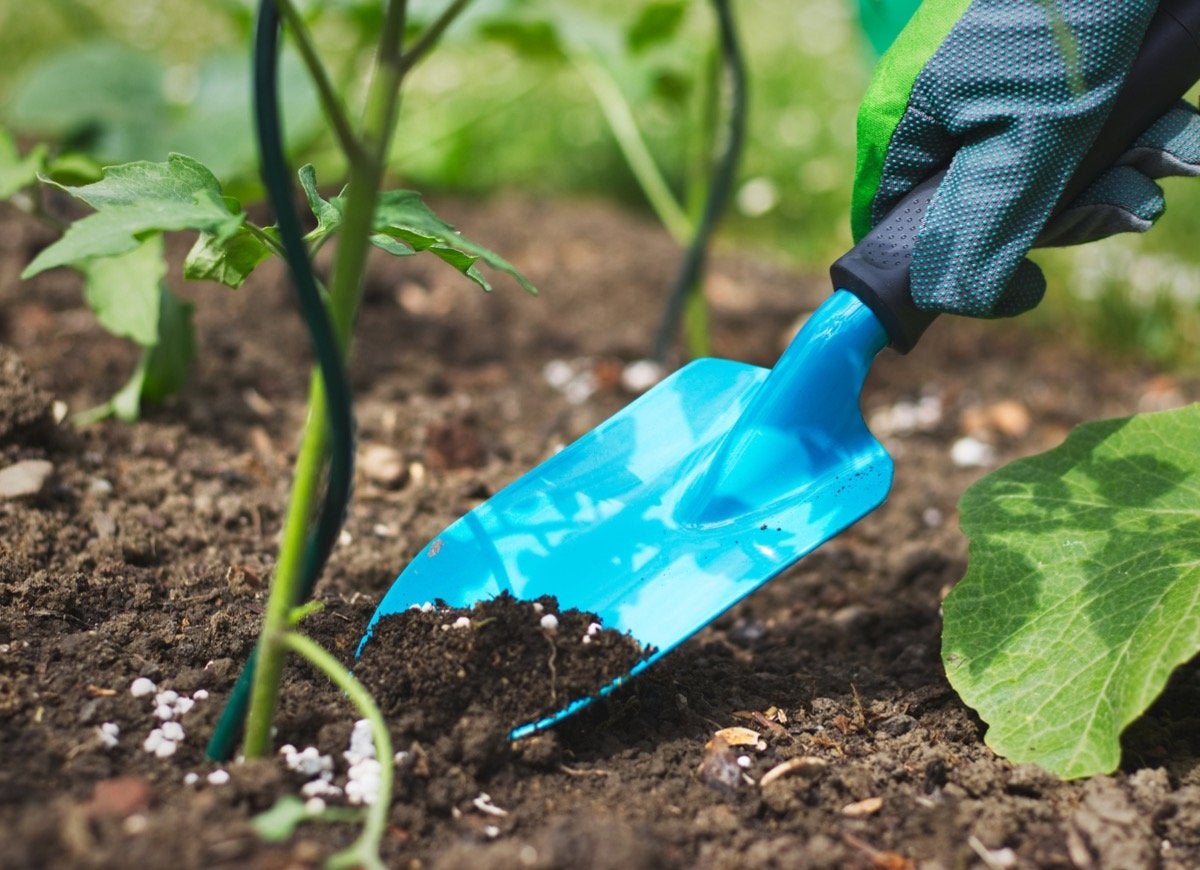
The sand, clay, silt, and organic matter in your garden beds arrange themselves into a beneficial structure that takes years to develop. Soils with good structure are crumbly and offer plenty of air space between particles to allow healthy root systems to become established. When you turn over the vegetable garden each spring in preparation for the growing season, you’re disturbing that structure and inhibiting airflow. Next time, forgo the tiller and top dress around your vegetables with organic compost or well-aged manure.
Digging in Wet Soil
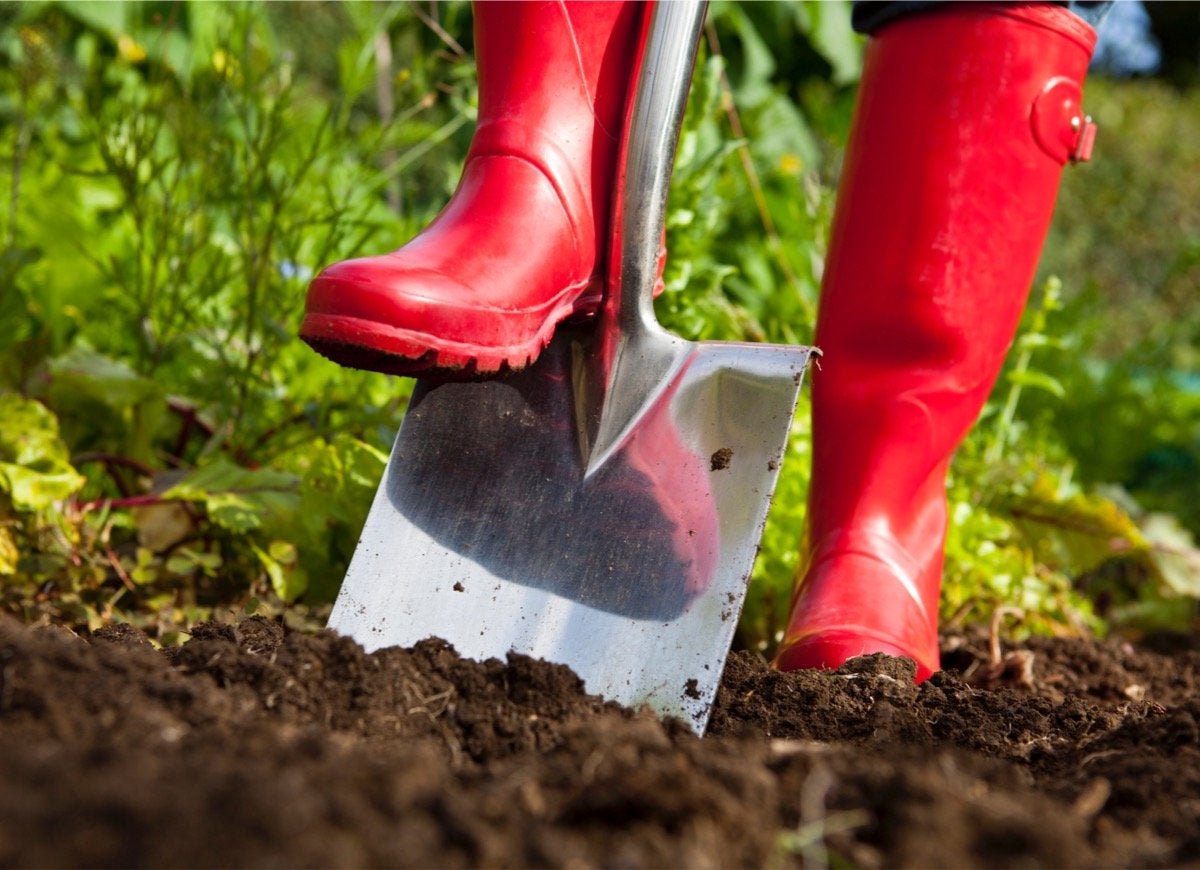
When you dig in wet soil, especially soil with a high clay content, clods form that become as hard as rocks and difficult to break up when they’re dry. Digging in wet soil also destroys soil structure and can cause the soil to compact, leading to drainage issues and making it difficult for plant roots to access water and other nutrients. Before doing any serious digging, test your soil by scooping up a trowelful and squeezing it in your hand. If it crumbles out of your hand, it’s ready for digging. If it forms a tight ball, wait a few days and test it again.
Walking on Wet Soil
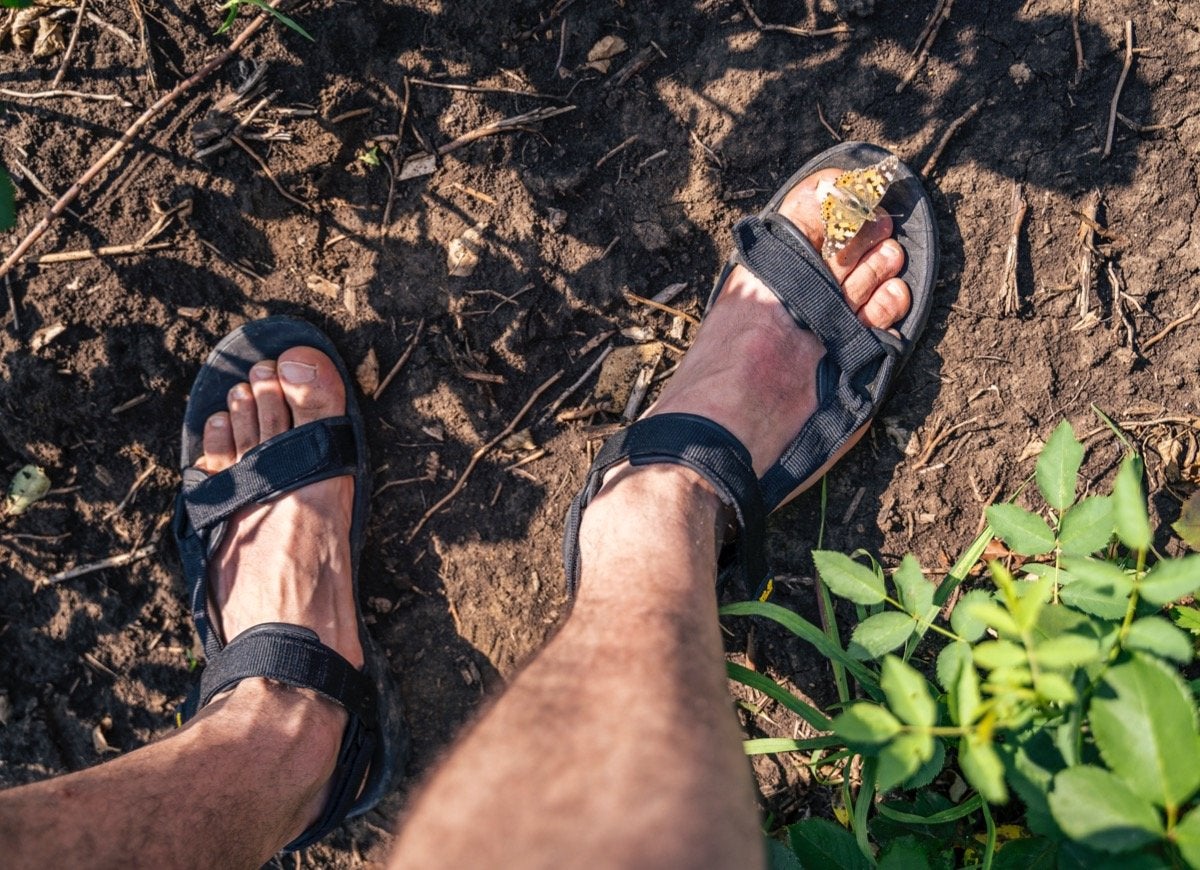
Resist the urge to walk on grass or garden beds after a rainfall. When the ground is wet and squishy, soil is prone to compaction. It’s like deflating a tire: The pressure from your weight compresses the air pockets needed for good air and water circulation. Clay soil is especially prone to compaction, so wait a few days for soil to dry out before walking on it.
Adding Sand to Heavy Soil
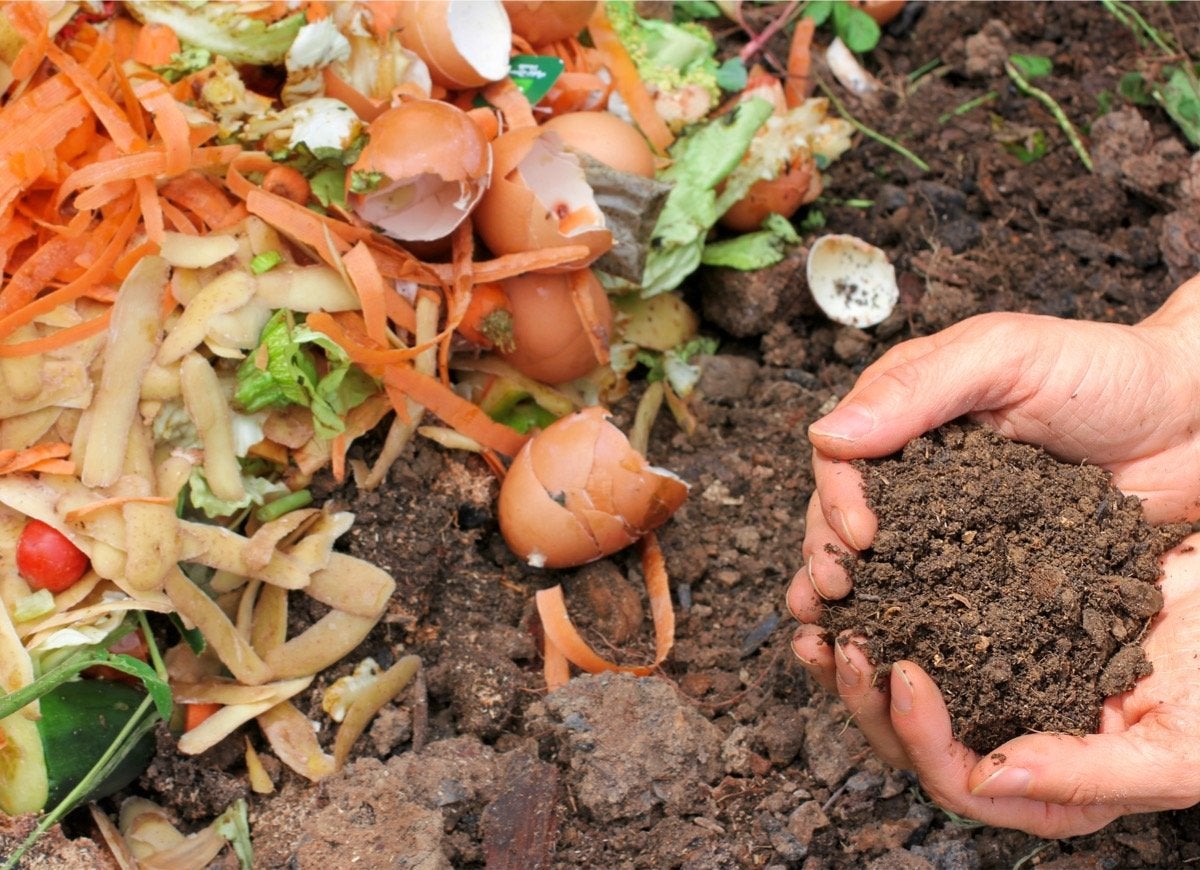
When you have heavy clay soil, you’ll try practically anything to loosen it. Sand, a component of good soil structure, may seem like a logical solution for busting up small clay particles, but don’t be tempted! You’ll end up with something like cement that’s even less workable than the soil you started out with. Instead of sand, add lots of organic matter like aged compost, grass clippings, and shredded leaves to help create pores in the soil that make it easier for air, water, and plant roots to mingle.
Applying Fresh Manure
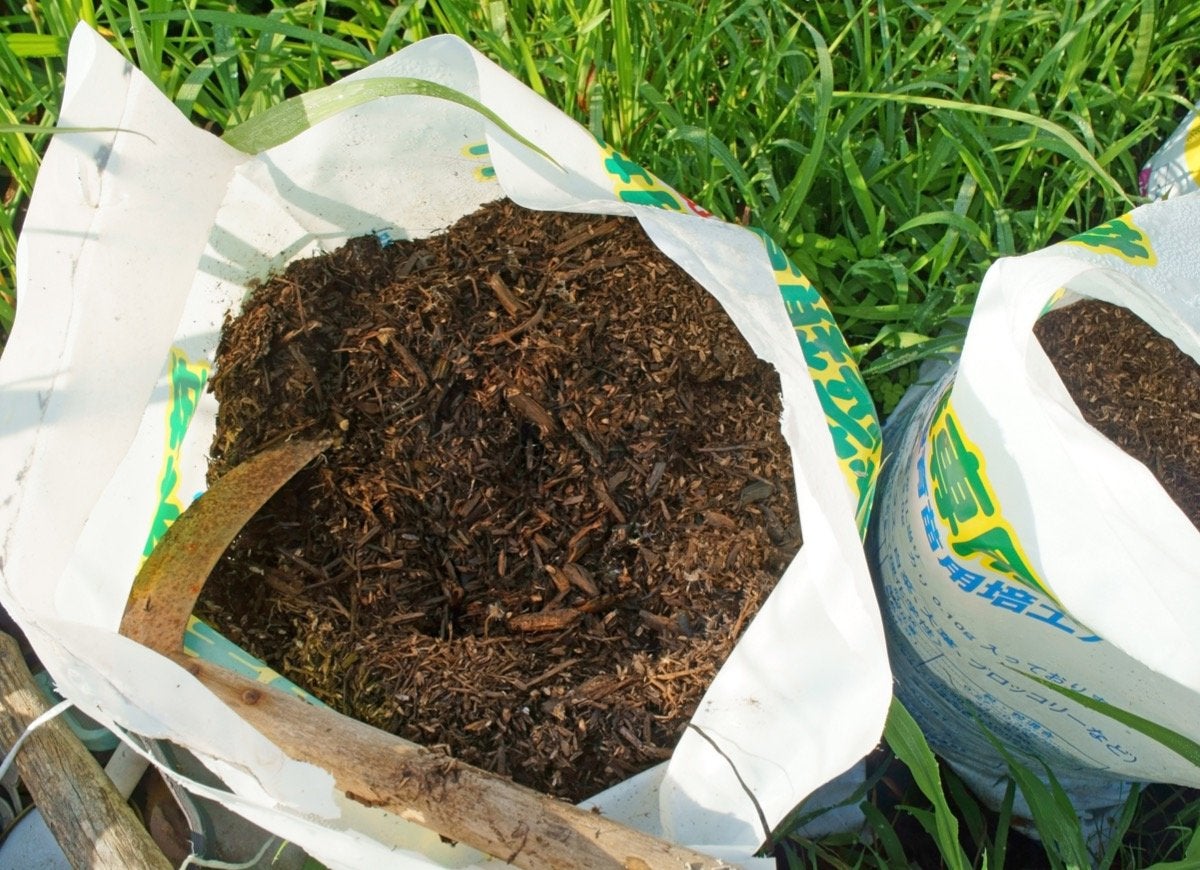
Manure from cows, horses, chickens, and sheep is a great soil amendment for improving texture and increasing nutrients, but you should apply only manure that has been aged for at least six months. Fresh manure contains high levels of ammonia and nitrogen that can burn plant roots. It may also contain weed seeds and bacteria that can contaminate edible plants growing nearby. Bagged manure, while more expensive than fresh, has been composted for you and makes an excellent top dressing for flower and vegetable beds. Avoid manure from meat-eating animals like dogs, cats, and pigs. Pathogens in their manure can potentially harm humans if used around edible crops.
Applying Too Much Fertilizer
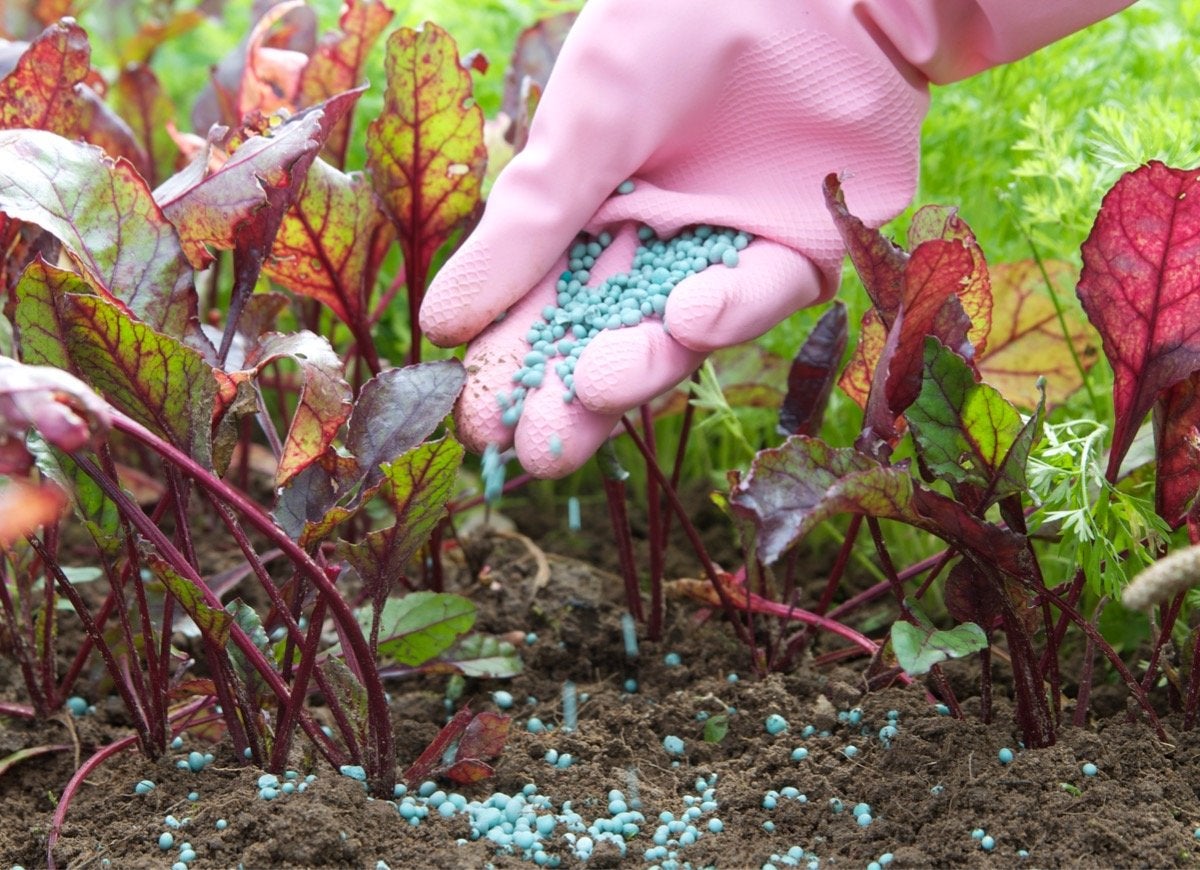
More is not better when it comes to fertilizer. Before applying any fertilizer, it’s important to consult the instructions on the package to determine the frequency of application and the amount to apply based on the crop. For instance, tomatoes, melons, cucumbers, and roses are heavy feeders that require more food than other crops do to flower and fruit throughout the season. Too much accumulated fertilizer in the soil, however, could kill your lawn or garden, or encourage foliage production at the expense of flowers on ornamental plants.
Killing Earthworms
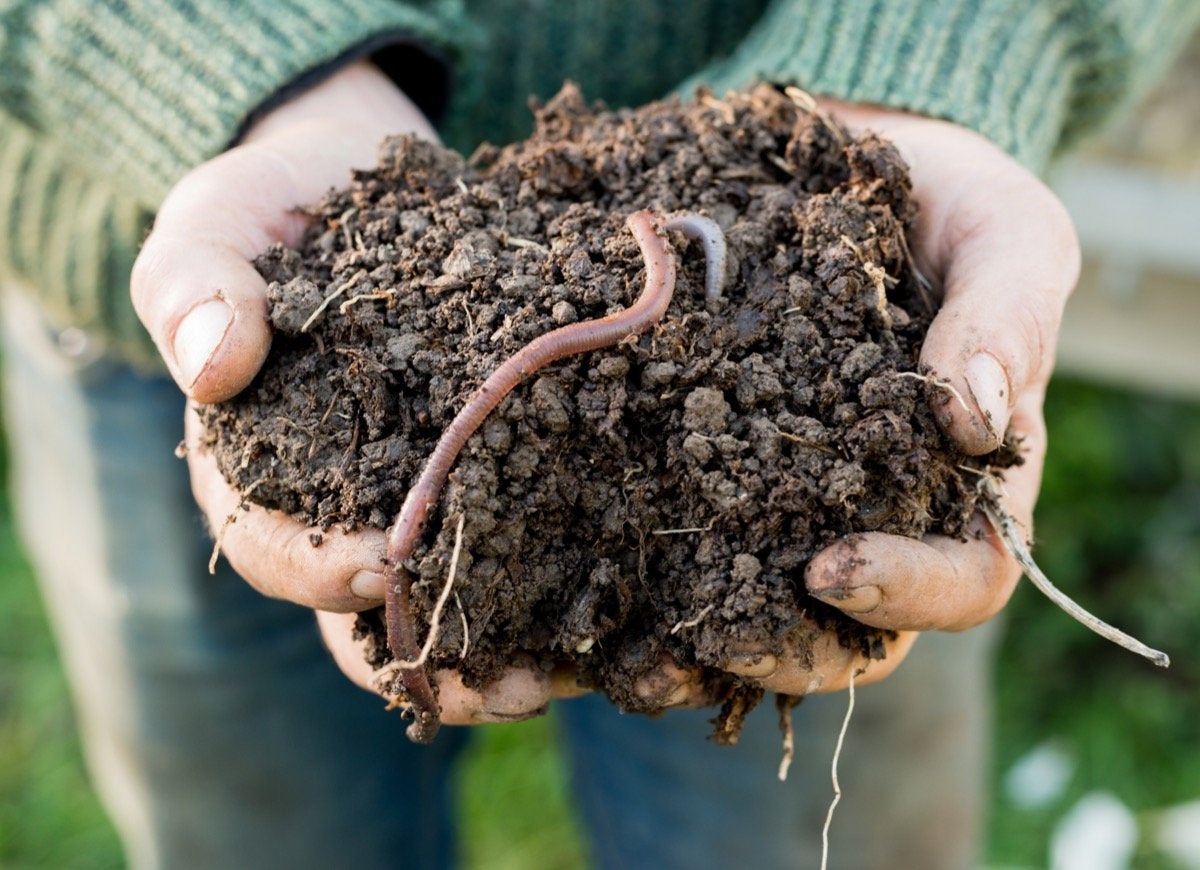
Unlike Japanese beetles, aphids, and other pests, earthworms in the garden are a good thing. They don’t eat plant roots, but instead consume decomposing vegetative material as they weave through the soil. Their tunnels help to aerate the soil, which is especially important in dense clay where air and water circulation is difficult. Even worm castings, or poop, contain beneficial microbes and digested plant matter that increase nutrient levels in the soil.
Related: Don’t Kill These 17 Beneficial Insects in Your Garden
Watering Too Much
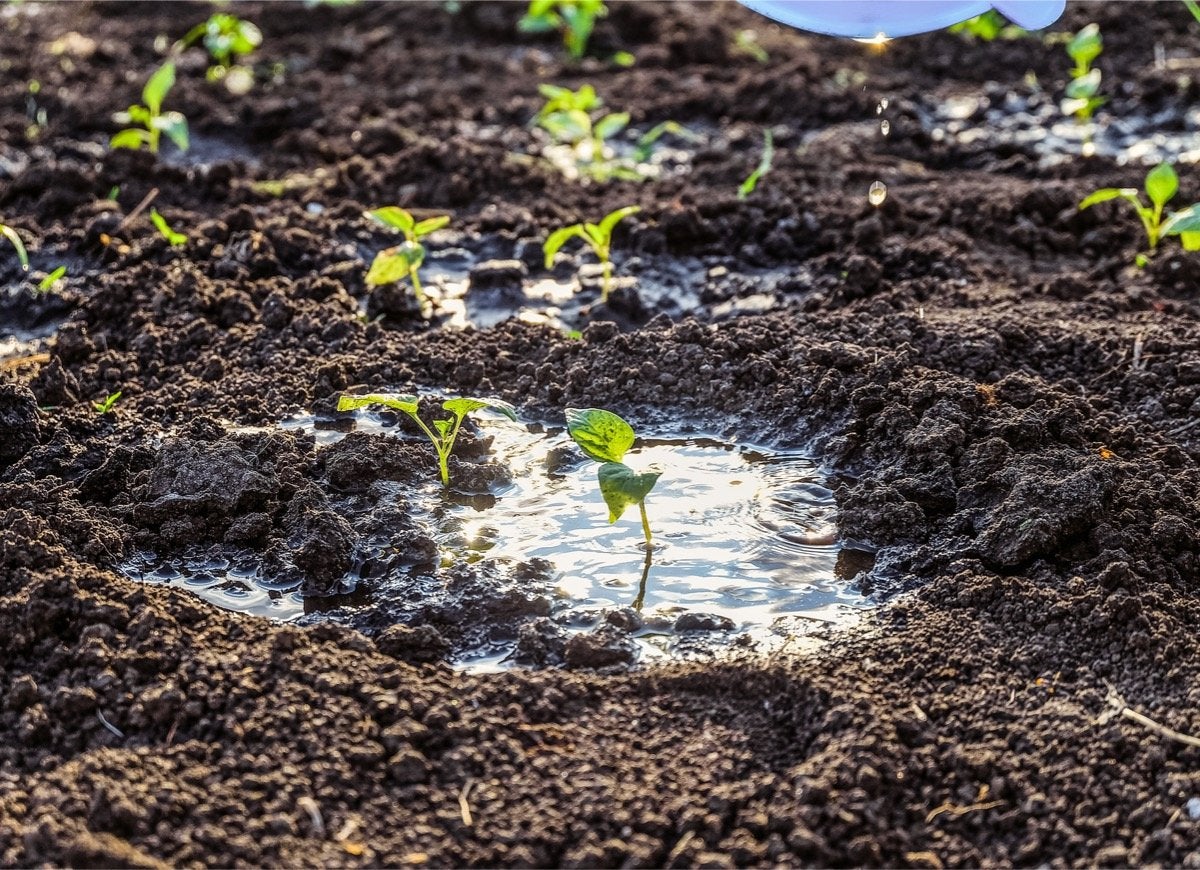
When soil isn’t allowed to dry out between waterings, plants struggle. Waterlogged soil prevents air from reaching plant roots and microorganisms. It also encourages an increase in grubs, because adult beetles prefer moist soil for egg laying. Grubs feed on the roots of grass and other plants, and can destroy entire lawns and garden beds. Don’t water on an unvarying schedule. Instead, first determine if your lawn or garden needs water by checking the soil for dampness. If the surface is moist, don’t water. If it’s dry but you want to be certain, dig down six inches to check for moisture.
The Secret Ingredient
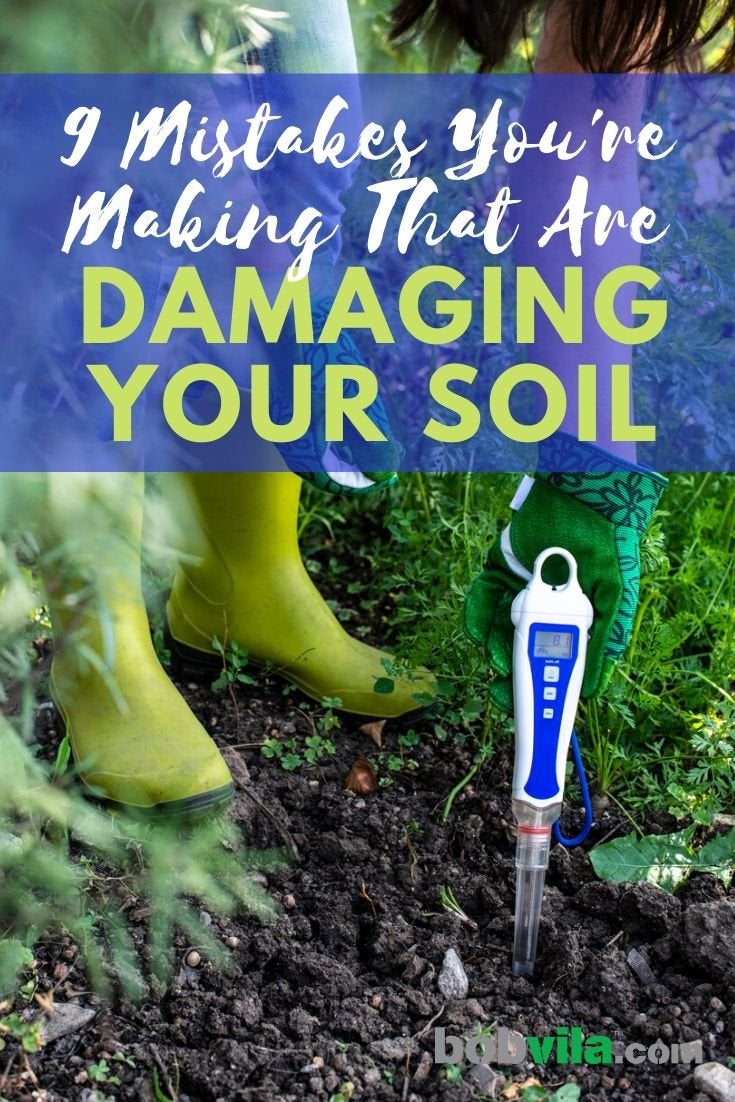
The way you treat your soil makes all the difference for whether your garden succeeds or not.

Our Best Advice for Beginner Gardeners
We’ll help you set up your first garden—whether that’s a few pots on your patio, a raised bed, or an in-ground plot out back—and select the right plants for your soil and region.
